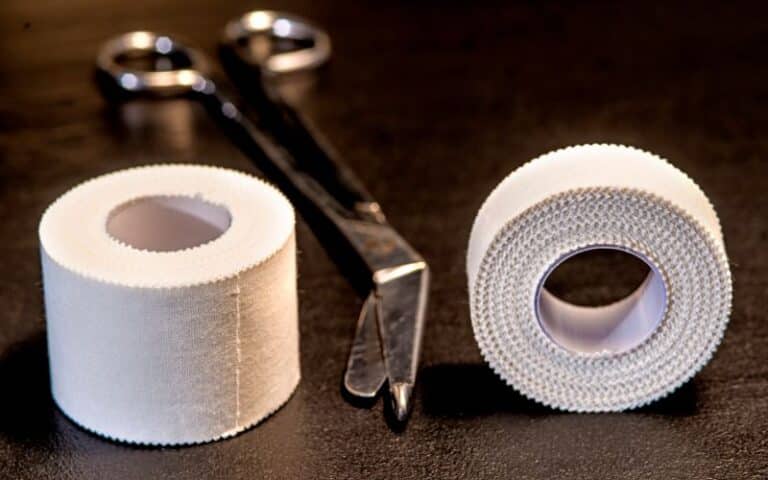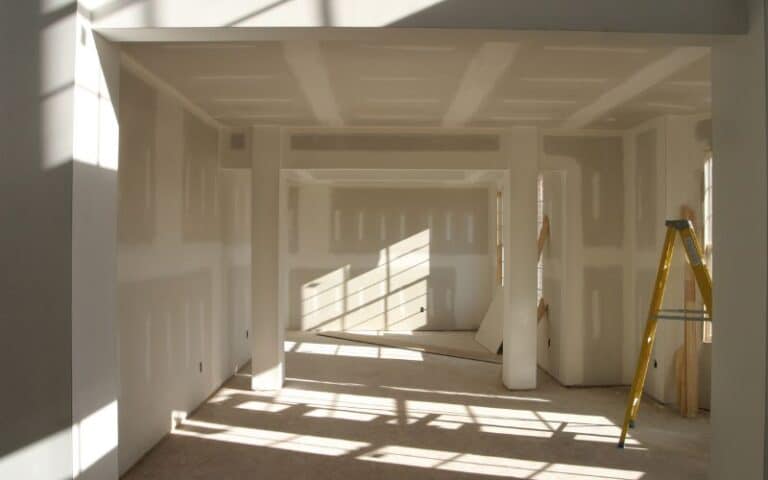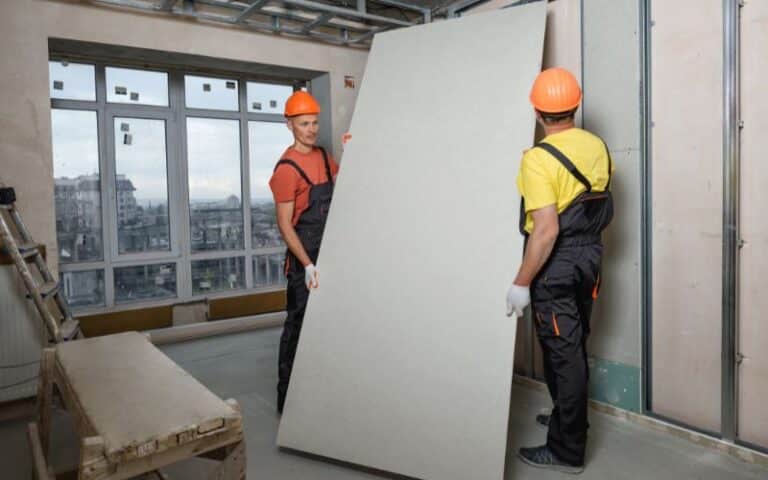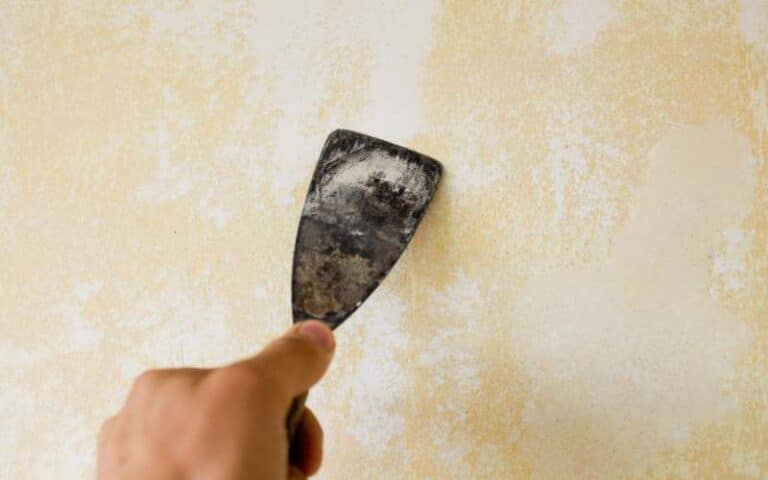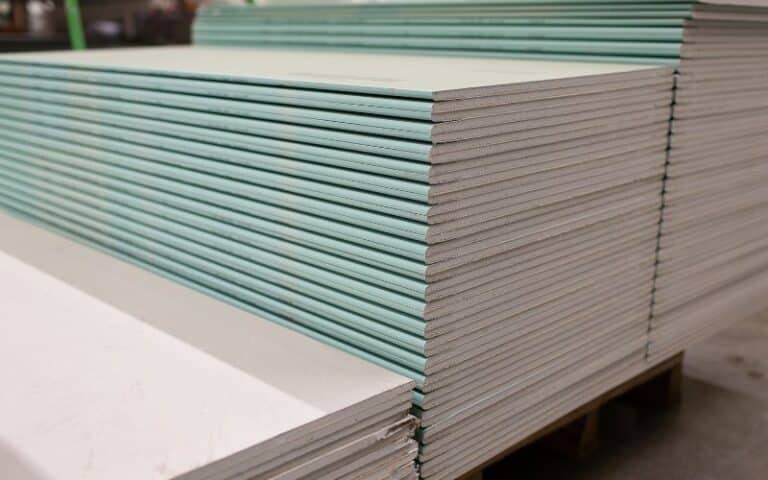If you plan to wire a house or room, you will likely encounter the challenge of running Romex through the drywall.
While electrical wiring may be a simple task for professionals, as a DIY enthusiast, it’s advisable to have the proper knowledge to achieve a stress-free and harmless electrical wiring process.
Therefore, if you are curious about the possibility of running a Romex through drywall, you are in the right place.
Running Romex (non-metallic sheathed cable) through drywall is common for electrical wiring in residential and commercial construction. However, having the right tools and following some essential precautions, strategies, and instructions is necessary to avoid potential problems, such as electrical shock, fire hazards, etc.
In this article, I will clarify whether it’s ideal for running Romex through the drywall.
I will also walk you through the essential tips and strategies for safely and effectively running Romex through the drywall.
I will further explore the areas where Romex is not permitted, and by the end, you will be able to discover the appropriate and recommended way to pass Romex through the drywall.
Ready for a Drywall Quiz?
Can Romex Be Run Through Drywall?
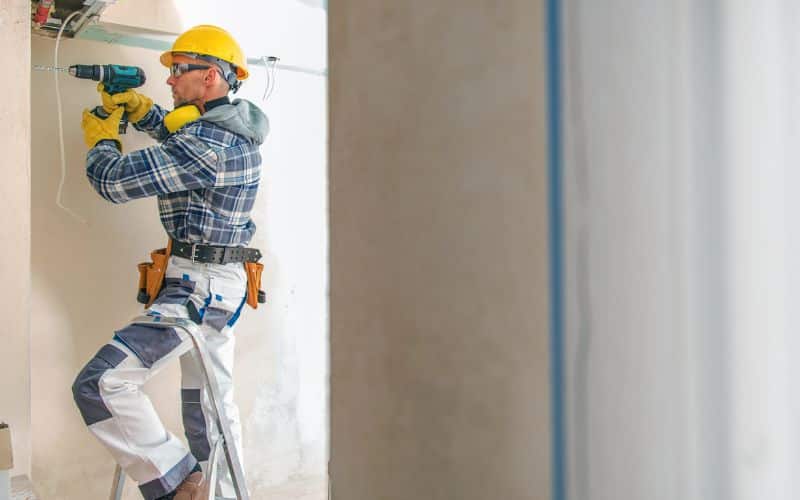
Technically, it’s possible to run Romex (non-metallic sheathed cable) through the drywall. However, running Romex through drywall with protection is generally only recommended.
While Romex is approved for use in walls and ceilings, it should be run through protective metal or plastic conduit when running it through the drywall.
Running Romex directly through drywall can create a fire hazard as the drywall may erode the insulation and damage the wires.
Exposing them to potential contact with drywall dust, which can be highly flammable.
Additionally, running Romex through unprotected areas of drywall can make it vulnerable to damage from nails or screws, which can lead to electrical shocks or fires.
Therefore, using a conduit to protect the Romex when running it through drywall is recommended.
This will help to keep the wiring safe and secure, minimizing the risk of damage and potential hazards.
Meanwhile, the table below outlines the pros and cons of Romex.
| Pros | Cons |
|---|---|
| It’s a safe wiring option when appropriately installed and used within its rated capacity. | Local electrical codes may restrict the use of Romex cable in specific applications. |
| It’s cost-effective; it is typically less expensive than other wiring options. | It’s not suitable for outdoor use, such as in damp conditions. |
| It’s versatile; you can use it for various electrical applications. | It has limited capacity and may not be suitable for larger projects that require heavier loads. |
| It’s relatively easy to install, especially for DIY enthusiasts. | It can be stiff and inflexible, making working in tight spaces challenging. |
| It can be installed cleanly and hidden behind walls or ceilings. | It’s pretty difficult to repair. |
| It is generally durable and long-lasting when appropriately installed. | Poor installation of a Romex cable can cause it to damage early. |
| Romex is available in different gauges to accommodate numerous electrical loads. | Romex cable may only be available in some areas, particularly rural or remote locations. |
What Is the Proper Way to Pass Romex Through Drywall?
Passing Romex through drywall requires you to follow some essential instructions and precautions.
Meanwhile, the proper way to pass Romex through drywall depends on the situation and the applicable building codes.
Regardless, below are some general guidelines:
- Romex is a non-metallic (NM) electrical cable brand. Ensure you use an approved cable type that meets the local building codes you are working on.
- Drill a hole large enough to fit the cable through the drywall easily without rubbing against the hole’s edges.
- But the hole shouldn’t be so large that the Romex can move around freely.
- Protect the Romex: Use a cable protection plate to cover the Romex where it passes through a stud or other framing member.
- This will help prevent damage to the cable from nails or screws.
- Leave enough slack in the cable so that the cable can easily connect to the electrical device without being stretched tight.
- In addition, the slack allows for any movement of future adjustments.
- Where the cable exits the drywall, use a bushing or grommet to protect the Romex from being damaged by the sharp edges of the hole.
- Lastly, secure the Romex properly using cable staples, straps, or other approved fasteners.
- Proper securing will help prevent the Romex from sagging or rubbing against the drywall.
Is it Legal to Splice Romex in a Wall?
No, it is not usually legal to splice Romex in a wall. The National Electrical Code prohibits splices on walls, floors, and ceilings.
These spices can create a fire hazard through wrong installation and poor maintenance.
The National Electrical Code requires that you make all electrical connections in approved electrical boxes specifically designed to contain any sparks or heat generated by a fault.
Moreover, if you need to extend a circuit or add an outlet in a wall, run a new length of Romex cable from the existing electrical box to the new location.
You may also need to install a new electrical box to contain the connection. Above all, following all applicable electrical codes and regulations is necessary and advisable.
And consult with a professional electrician if you are doubtful about any aspect of your electrical work.
Where Is Romex Not Permitted?
Romex (non-metallic sheathed cable) is not permissible when the wiring must withstand high temperatures or exposure to moisture, chemicals, or physical damage.
Examples of the areas where Romex is not permitted include:
- High-temperature Areas: Romex is unsuitable for use in areas exposed to high temperatures, such as near furnaces, boilers, or water heaters.
- Wet Locations: Romex is unsuitable in damp places such as bathrooms, kitchens, laundry rooms, or outdoor areas.
- Underground Installations: Romex is also not permitted for use in underground installations, including direct burial in soil.
- Hazardous Locations: Romex is unsuitable for use in hazardous locations with a risk of fire or explosion, such as areas with flammable gasses or vapors.
Hence, it is necessary to use wiring methods recommended for use in the environments mentioned above that meet local electrical codes and regulations to avoid unwanted happenings.
Can the Steps for Repairing Screw Holes in Drywall Be Applied to Repairing Romex Through Drywall?
No, the steps for repairing screw holes in drywall cannot be applied to repairing Romex through drywall. Repairing screw holes involves filling the holes with spackle or joint compound, sanding, and repainting. Repairing Romex through drywall, on the other hand, requires proper electrical work and should be handled by a licensed electrician to ensure safety and compliance with building codes.
Can You Run Romex Without Sheathing?
No, running Romex without its sheathing is not safe and recommended.
The sheathing on Romex is a protective barrier that helps prevent the electrical wires inside from potential damage or contact with other materials.
Additionally, the sheathing provides insulation to protect against electrical shock.
If you use a Romex without its sheathing, the individual wires could damage, which could cause a short circuit, electrical shock, or even a fire hazard.
Therefore, it is essential always to use Romex with its sheathing intact.
FAQs
What’s the Purpose of Romex?
The purpose of a Romex is to safely and efficiently transmit electrical power from a power source, such as a circuit breaker or fuse box, to electrical outlets and switches.
Is there a Maximum Length for Running Romex Through Drywall?
There is no maximum length for running Romex (non-metallic sheathed cable) through drywall specified in the National Electrical Code (NEC).
Are there any Building Codes or Regulations that Apply to Running Romex Through Drywall?
Yes, building codes and regulations apply to running Romex through the drywall.

